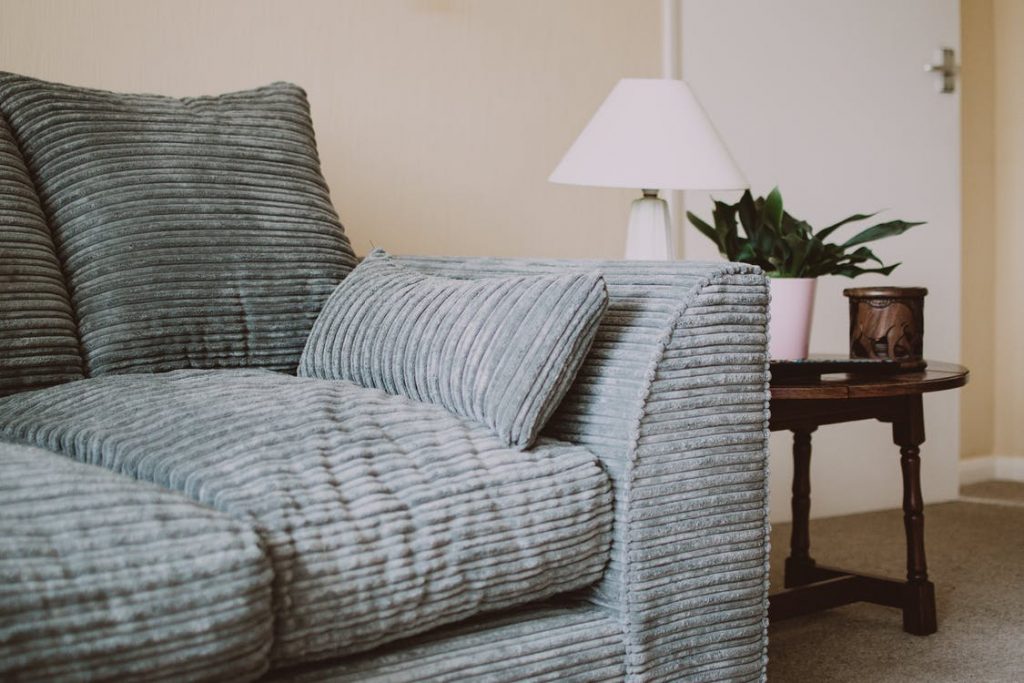What types of home insulation are there?
Home insulation makes your home warmer, more comfortable, and more energy efficient. After insulating your home, the money you spend on your heating goes much further. Less heat is wasted as insulation prevents it escaping through the roof, walls, and floors.
Every home loses a different amount of heat energy, depending on how old and well maintained the property is. Other factors like the type of roof and external walls are important too. The methods of home insulation that could benefit your home depend on your property. They include:
- Loft insulation
- Cavity wall insulation
- Solid wall insulation
- External wall insulation
- Underfloor insulation
The types of home insulation
Read on for more detail on the main types of home insulation and what homes they are suited to. To know for sure what type of insulation would save you money, arrange a survey with a heating advisor. They assess the current efficiency of your home before recommending improvements.
Loft and roof insulation
An uninsulated home loses 25% of its heat through the roof. Insulating your loft, attic or flat roof reduces the overall heat loss and lowers your heating bills. Loft insulation lasts at least 40 years, so it pays for itself many times over. There are a few different types.
Cold loft insulation – involves insulating above the ceiling of the top floor so no heat from your home escapes into your loft. It’s suited to homes where the loft is out of use.
Warm loft insulation – is where insulation is placed immediately under the roof, meaning your loft space is warm as well. This is useful if you store things in your loft.
Room in roof insulation – is for when you plan to use your loft as a living space. The walls and ceilings between the heated room(s) and unheated space need to be insulated.
Cavity wall insulation
Cavity wall insulation usually applies if your property was built between 1920 and 2000. Cavity walls mean your home has empty space between the inner and outer walls. The process of insulating involves drilling small holes into the outer walls and pumping in insulation to fill the gaps. It doesn’t require disruptive work within your home.
Solid wall insulation (inner)
Solid walls let out twice as much heat compared to cavity walls. If your house was constructed before 1920, it’s probably built with solid walls. Inner solid wall insulation fixes insulation to the interior walls of your home, with render on top.
The installation requires removal of features like skirting boards, door frames and switches, plus temporary disruption to your home life. It reduces the space in each room slightly by bringing the walls in by around a centimetre.
External wall insulation
External wall insulation involves insulating the outer bricks or stone layer of your home. It’s more expensive than interior wall insulation but it doesn’t cause disruption inside your home. It comes in the form of filling between bricks or rendering over them.
Insulating the external walls of your home prevents weathering and provides a level of soundproofing. It limits heat loss through the walls and reduces draughts between bricks.
Underfloor insulation
Underfloor insulation doesn’t have the same cost savings as loft or wall insulation, but it’s still a worthwhile option. It prevents drafts and helps rooms with timber floors feel warmer. Underfloor insulation is suitable for ground floors or floors above unheated spaces.
The cost savings are small (around £60 a year), but underfloor insulation is cheap to do. It can even be done yourself if you have a timber floor using shop-bought insulation.
What types of home insulation are right for you?
Having a survey conducted by a heating expert will tell you what measures could help in your home. Get advice on where your home is losing heat and talk to someone about the options for improving your home’s overall efficiency.
Get home insulation with the Green Homes Grant
The Green Homes Grant is a government funded scheme for 2020 that entitles UK homeowners to money to improve the energy efficiency of their homes. It’s available to anyone who owns their own home or owns privately rented properties (private and social landlords).
The government is covering the cost of around two-thirds of the improvement work, including home insulation, up to £5,000 (the homeowner makes up the remaining cost).
What types of insulation are available with the grant?
- Loft insulation
- Cavity wall insulation
- Floor insulation
- Room in roof insulation
How do I apply for a Green Homes Grant?
You express interest in the scheme by getting in touch with us and we help you apply for the grant.
When should I apply?
ASAP! There’s a limited amount of funding set aside and it’s available on a first come first serve basis.
Get in touch to ask us about the scheme on 0800 980 6018 or by completing the form below.








